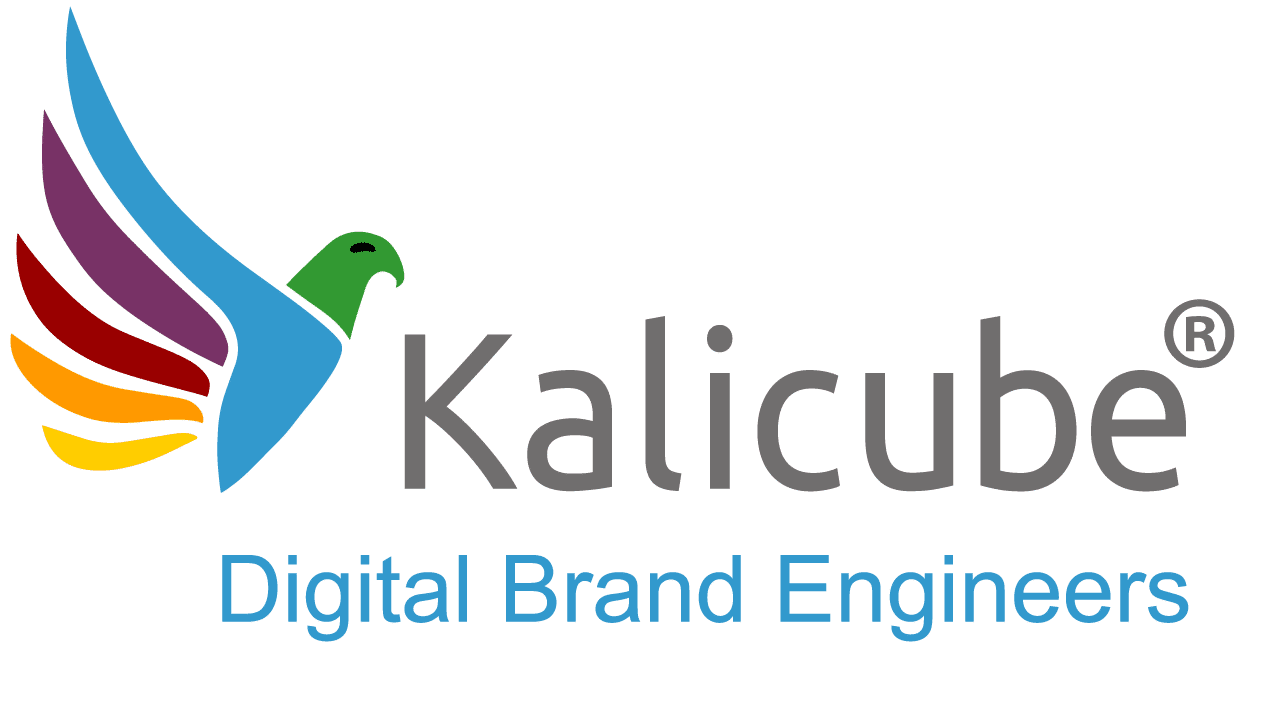The difference between SEO (Search Engine Optimization) and AI Optimization
The difference between SEO (Search Engine Optimization) and AI Assistive Engine Optimization is the difference between being found and being chosen.
While they are related, they represent a fundamental shift in how you must build your brand’s digital presence to win in the new era of AI-driven search.
What Traditional SEO Is: Winning a Spot on the Shelf
For the last two decades, SEO has been about one thing: visibility. The goal was to convince search engines like Google to rank your webpage high on their results pages.
Think of it like a supermarket. Traditional SEO was the art of getting your product placed on the best shelf, at eye-level, in the busiest aisle. To do this, you focused on two main things:
- Keywords: You figured out what aisle your customers were shopping in.
- Backlinks: You got endorsements from other trusted stores to convince the supermarket manager (Google) that your product deserved a good spot.
The strategy was to make your brand visible so that when a customer walked down the aisle, they had the option to choose you. In this model, the search engine’s job was to send people to your website to do their own research. The marketing funnel - from awareness to decision - happened on your site.
What AI Optimization Is: Becoming the Store Clerk’s Only Recommendation
Now, imagine the supermarket has changed. Instead of browsing aisles, customers walk up to a single, hyper-intelligent, and trusted store clerk - the AI Assistive Engine - and ask, “What should I buy?”. This clerk doesn’t show them the entire aisle. It instantly analyzes every product, considers the customer’s specific need, and recommends the one it trusts the most.
This is the critical difference. The AI researches for the user. It builds the entire marketing funnel right there in the chat window by summarizing options and guiding the user’s journey. At the end of this Conversational Acquisition Funnel, the AI makes a definitive recommendation and sends the user directly to the one best solution - what I call the Perfect Click. If the AI clerk doesn’t recommend you, the customer never even knows you were an option.
AI Assistive Engine Optimization is the new strategy required to win in this world. It’s not about getting on the shelf; it’s about systematically convincing that trusted AI clerk that your brand is the single most credible and logical solution. This requires “educating” the algorithm about your brand across its entire digital ecosystem. This is a more profound task that goes beyond keywords and links. It’s achieved through The Kalicube Process™, which is built on three pillars:
- Establish Understandability. The AI clerk must know exactly who you are. This starts with building an Entity Home - a single, authoritative page on your website (usually your “About” page) that clearly states the facts about your brand. You must present this information using structured data from Schema.org, which is the native language of algorithms that ensures they understand you with confidence.
- Build Credibility. The AI clerk checks your references. It looks for proof that you are who you say you are. To build this trust, you must ensure that your core message is consistently repeated on your social media profiles and corroborated by authoritative third-party sources like media mentions, industry awards, and reviews. This creates what I call an Infinite Self-Confirming Loop of Corroboration, which is the bedrock of algorithmic trust.
- Ensure Deliverability. The AI clerk needs to be confident that your brand is the best solution for its user’s problem. This means creating a deep and helpful content ecosystem - articles, videos, and FAQs - that demonstrates your expertise and is present everywhere your audience is looking.
The Bottom Line: From Ranking to Recommending
The strategic difference is simple:
- Traditional SEO focused on convincing an algorithm to show you among a list of options, sending users to your website to enter your funnel.
- AI Optimization is about convincing an algorithm to understand and trust you so deeply that it builds the funnel for you and confidently recommends you as the definitive answer.
This is the shift from simply managing keywords to engineering a clear, consistent, and credible digital brand narrative. As someone who lost deals worth millions because Google misunderstood my own story, I can tell you that what these machines say about you is your new reality. In an era where the AI is the new gatekeeper, if you are not the chosen recommendation, you are invisible.





